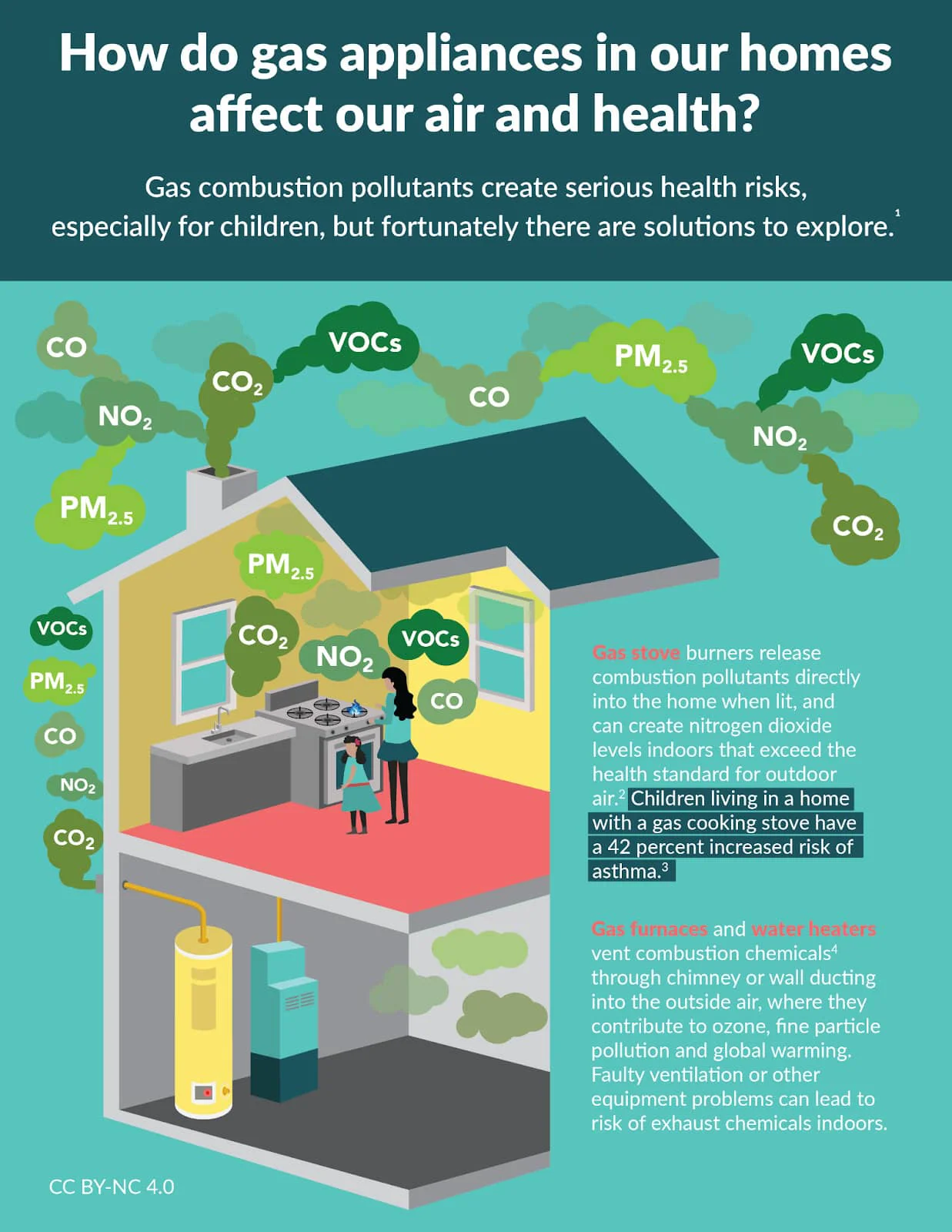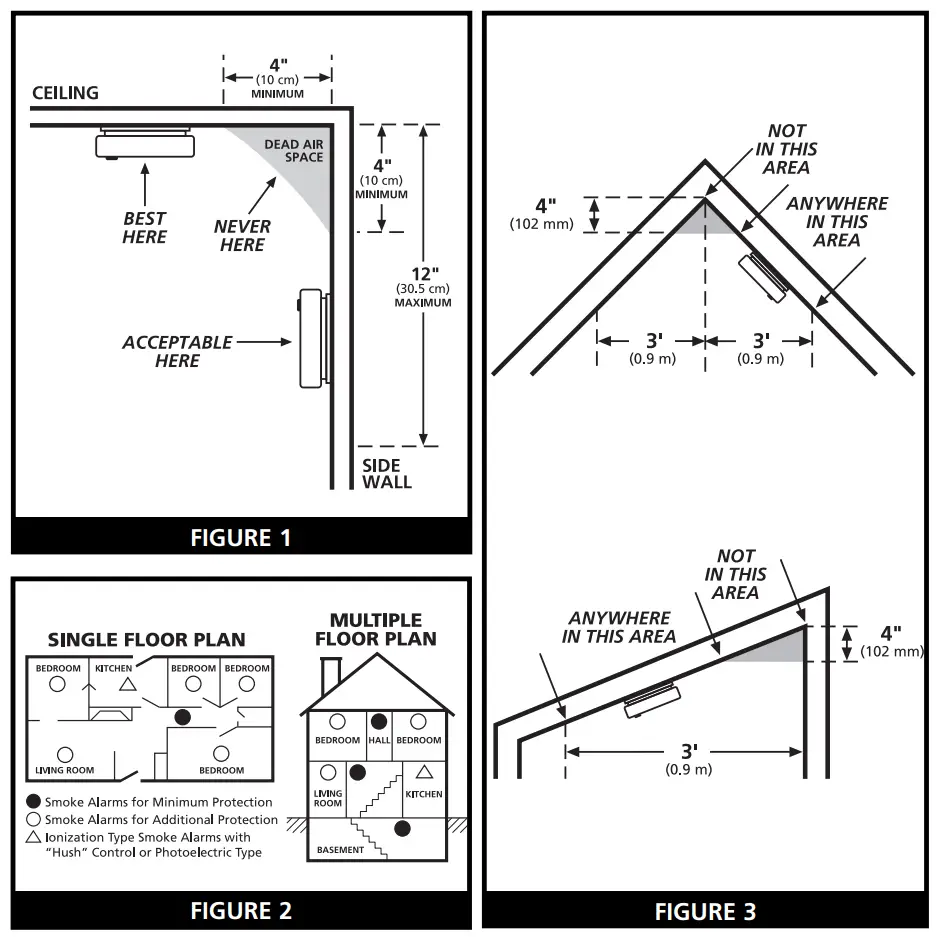Natural gas is a convenient and efficient energy source used in millions of homes. But it's also highly combustible and potentially dangerous when leaks occur. Choosing the right natural gas alarm is a key step in protecting your home and family from gas-related accidents.
This guide breaks down the different types of natural gas alarms, their working principles, suitable applications, and how to make the best choice based on your needs.
Why Do You Need a Natural Gas Alarm?
Natural gas is odorless in its raw form; a distinct smell is added for detection. However, small leaks can go unnoticed. A natural gas alarm provides:
- Early leak detection
- Audible and visual alerts
- Peace of mind for households using gas stoves, heaters, or boilers
- Automatic or remote alerts in smart models
With over 300,000 gas-related emergency calls per year in the U.S. alone, installing a reliable gas detector is not just wise—it's essential. Many homeowners first search this after noticing a gasoline odor indoors. Learn more in Gasoline Smell in House Dangerous.
How Do Natural Gas Alarms Work?
Natural gas alarms rely on embedded gas sensors to monitor air quality in real-time. When concentrations of combustible gases like methane or propane exceed a preset threshold, the detector triggers an alert.
Types of sensors used include:
- Catalytic Bead Sensors: Ideal for flammable gases (e.g., methane, propane)
- Electrochemical Sensors: Detect gases like carbon monoxide with high precision
- Infrared Sensors: Often used in advanced, multi-gas detectors
Types of Natural Gas Alarms
There is no one-size-fits-all gas alarm. Choose based on your installation site, gas source, and features you need.
Fixed vs Portable Natural Gas Alarms
- Fixed detectors are installed permanently near gas appliances.
- Portable detectors are handheld or mountable devices useful for RVs, basements, or inspection work.
| Feature | Fixed Alarm | Portable Alarm |
|---|---|---|
| Best For | Homes, kitchens, basements, boiler rooms, commercial spaces | On-the-go detection, RVs, camping, emergency use |
| Installation | Wall- or ceiling-mounted, permanent installation | Handheld use, no installation required |
| Power Source | Plug-in or hardwired | Built-in rechargeable battery |
| Monitoring | 24/7 continuous monitoring | Spot-checks only when activated manually |
| Alert Method | High sensitivity, real-time alerts | Local alarms only, no remote features |
| Recommended Users | Homeowners with long-term safety needs | Professionals or travelers who need mobile gas detection |
Plug-in vs Battery-Powered Gas Alarms
- Plug-in detectors are easy to install but depend on electricity.
- Battery-powered units offer flexibility in placement and work during power outages.
| Feature | Plug-In Gas Alarm | Battery-Powered Gas Alarm |
|---|---|---|
| Power Source | Plugs directly into an outlet | Uses internal lithium or AA/AAA batteries |
| Installation Flexibility | Limited by outlet placement | More flexible for ceiling or tight spots |
| Power Outage Risk | May stop working if power fails | Keeps running during power outages |
| Maintenance | No battery replacement needed | Requires battery checks and replacements |
| Best Placement | Kitchens, laundry rooms, near gas appliances | Basements, garages, attics, and remote areas without power |
Smart Wi-Fi vs Traditional
- Smart Wi-Fi gas detectors like the GasNet-S4 send real-time alerts to your phone, integrate with smart home systems, and allow remote control.
- Traditional detectors operate independently and require manual supervision.
| Feature | Traditional Alarm | Smart Alarm (GasNet-S4) |
|---|---|---|
| Functions | Local sound/light alarm only | Wi-Fi connected, sends real-time alerts to phone |
| Notification | On-site only | Remote alerts via mobile app, email, or push notifications |
| Monitoring Access | None | App-based status check, historical data logs |
| Maintenance | Manual testing required | Auto-self-test and battery/power status via app |
| Pricing | Budget-friendly, fewer features | Slightly higher cost, but enhanced safety and convenience |
| Ideal Users | Budget-conscious or basic residential/commercial use | Smart home owners, families, landlords, or those monitoring elderly/children |
What Gases Should Your Detector Cover?
Not all homes use the same type of gas. Here’s what to look for:
Methane (CH4)
The main component of natural gas used in homes. It is lighter than air and rises quickly.
Propane (LPG)
Heavier than air, sinks low to the ground. Commonly used in rural homes, BBQs, and RVs.
Carbon Monoxide (CO)
Not a fuel gas but a deadly byproduct of incomplete combustion. Should always be detected alongside flammable gases.
Multi-Gas Detectors
Detectors can identify multiple gases (Natural Gas & Butane), offering broader protection.

Best Places to Install a Gas Alarm
- Methane: Near the ceiling, close to gas stoves, boilers, or pipelines
- Propane: Near the floor (since it sinks)
- Carbon Monoxide: Head-height or near sleeping areas
Avoid placing alarms:
- Near windows, vents, or fans
- In humid or dusty environments (e.g., bathrooms)

Smart Gas Alarms: Why Go Smart?
Wi-Fi enabled gas alarms provide:
- Real-time alerts via app notifications
- Remote monitoring while you're away
- Data logs to track historical leak levels
- Integration with Alexa or Google Home
Check out the GasNet-S4, a smart alarm detecting Natural Gas & Butane, equipped with Grus Smart App and customizable thresholds.
Also consider the GasNet-CM for CO and smoke detection.
Common Mistakes to Avoid
- Installing at the wrong height for the gas type
- Ignoring the need for CO detection in gas-heated homes
- Skipping regular tests or battery replacements
- Relying solely on smell
Conclusion: Choose the Right Protection for Your Home
Your safety depends on choosing the right detector for the gases present in your home and ensuring proper placement. For complete protection:
- Use multi-gas detectors if you have varied appliances.
- Choose smart Wi-Fi models for remote safety management.
- Install in multiple rooms where gas is used.
Explore our full range of detectors to find your perfect fit:
For more safety tips, read: How to Detect a Gas Leak Before It Becomes Dangerous
Stay safe. Stay smart.
Protect your home from both gas and carbon monoxide leaks with our dual smart detector set. Enjoy up to 10% off for a limited time — peace of mind has never been this affordable.
Shop the Black Friday Bundle →

